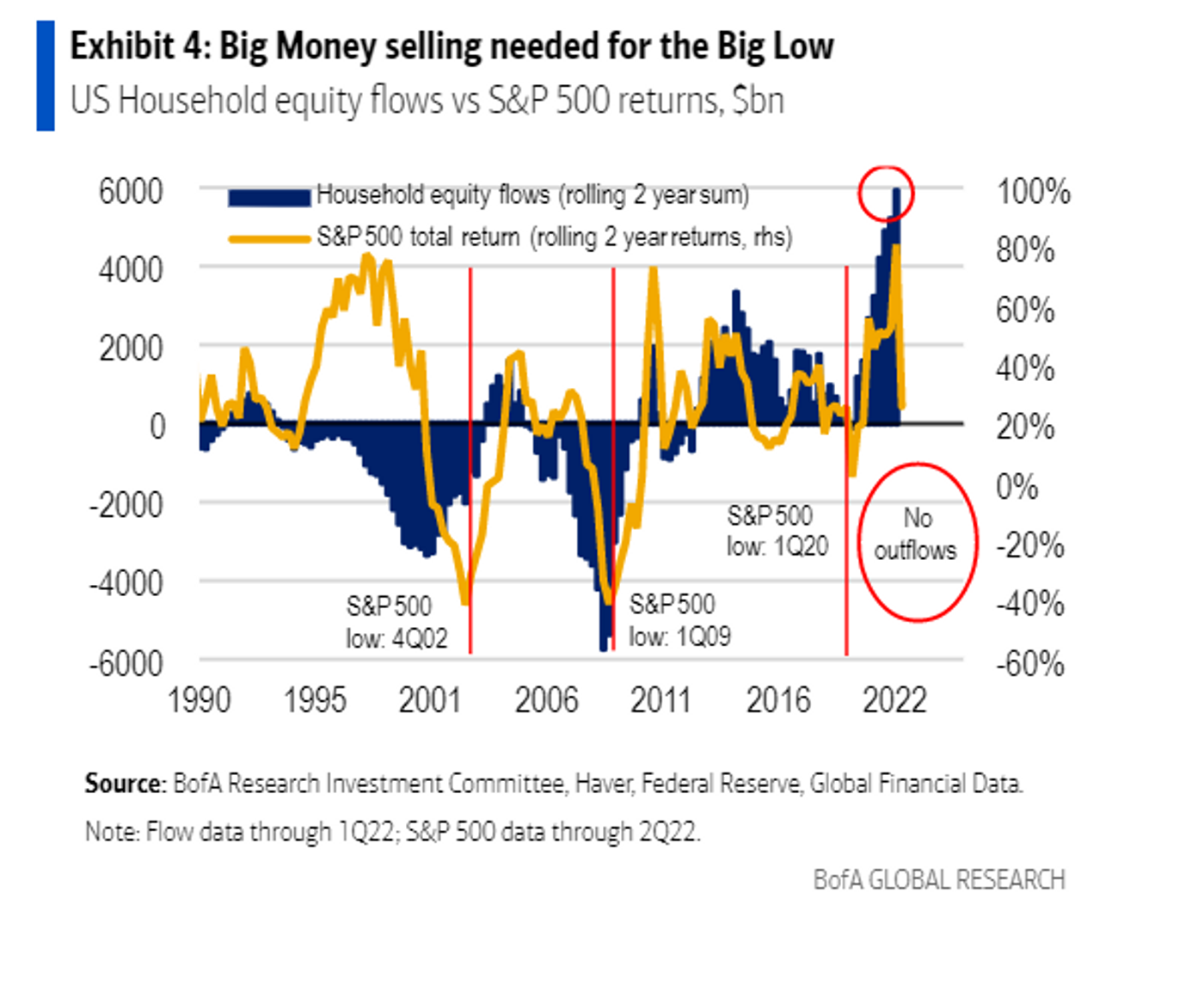This was a highly anticipated and material number, similar to employment as the true measurement needed to span pre-covid distortions and skewed data. The Wall Street Journal reports:
The U.S. auto industry is poised to post its worst annual sales in more than a decade, as supply-chain snarls and poorly stocked dealerships dented sales for many car companies in 2022.
…Industrywide, U.S. auto sales were projected to total 13.7 million vehicles in 2022, which would be the lowest figure in more than a decade, and an 8% decline from the prior year, according to a joint forecast by research firms J.D. Power and LMC Automotive. Sales had topped 17 million vehicles for five straight years before the Covid-19 pandemic struck in 2020, unleashing supply-chain problems that have bogged down deliveries ever since.
The commentary, “when we started the year off, the whole industry had projections all above 16 million” says it all. Continued restrictive monetary policy, clearly outlined by the Fed will further this trajectory. See the full post here.

